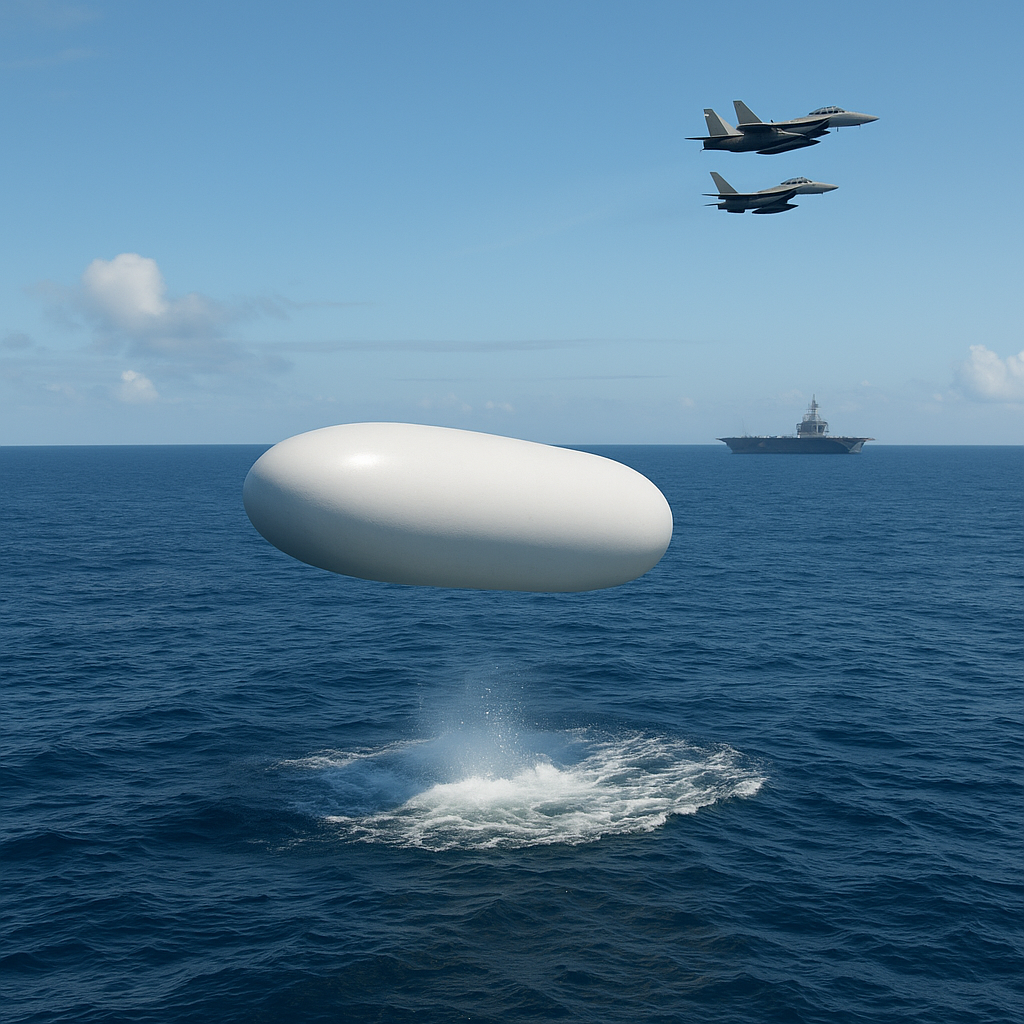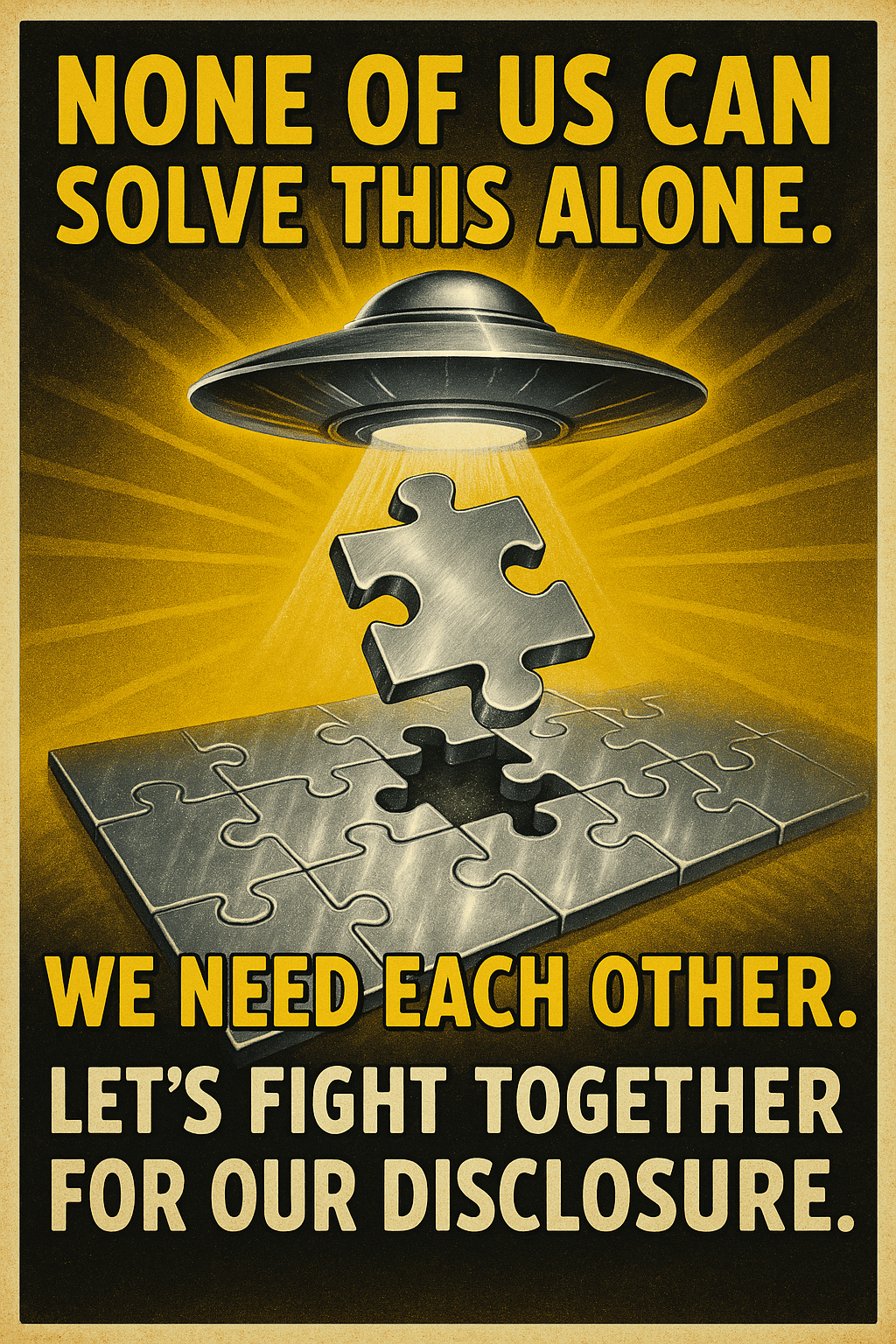Inside the Tic Tac UAP Report and Project CAPELLA

In 2010, Bigelow Aerospace Advanced Space Studies (BAASS) compiled a pivotal document under a Defense Intelligence Agency (DIA) contract. The report, officially titled Summary Report on BAASS UAP Analysis Capabilities, offers one of the most detailed technical analyses of Unidentified Aerial Phenomena (UAP) ever made public. A centerpiece of this report was the now-famous “Tic Tac” incident involving the U.S. Navy off the coast of Mexico in 2004. Beyond that, it introduced the world to a massive, meticulously structured database project: Project CAPELLA.
Before diving into the Tic Tac event and modern investigations, the report reviews key historical government UFO studies. Project Sign (1948-1949) was an early U.S. Air Force study suggesting some UFOs might be extraterrestrial. Project Grudge (1949-1952) succeeded Project Sign and aimed to downplay UFO reports. Project Blue Book (1952-1970) collected around 15,000 UFO reports, with 701 remaining unexplained. The CIA Robertson Panel (1953) advocated “debunking” UFOs to the public. The Condon Report (1968) concluded no evidence warranted scientific study, leading to the closure of Project Blue Book. Special attention was given to the 1967 incident at Malmstrom AFB, where UFOs allegedly disabled nuclear missiles—an event with serious national security implications.
The report outlines the twelve technology focus areas BAASS concentrated on: lift, propulsion, control, power generation, spatial-temporal translation, materials, structure configuration, signature reduction, human interface, human effects, armament, and other peripheral technologies, all aimed at developing breakthrough aerospace and defense systems for the future.
The “Tic Tac” UAP, observed by Navy pilots, displayed performance characteristics that defy conventional physics. The object was roughly 40-46 feet in length. It descended from 60,000 ft to 50 ft in mere seconds, hovered effortlessly without any observable propulsion or lift, and accelerated away without sonic booms or vapor trails. Estimated speeds reached between 700 mph and 1,500 mph. Calculated accelerations ranged from 100 g to 1000 g. For comparison, fighter pilots can barely withstand 9 g, and 1000 g would obliterate any human or known craft.
Simulation studies included compressible flow modeling (air), showing airflow patterns that did not match typical supersonic objects, and incompressible flow modeling (water), showing that the object could enter water with minimal disturbance, no splashes, or cavitation. Additionally, acoustic signatures were modeled for submerged objects, and radar cross-section (RCS) analyses were performed on spherical shapes, using advanced multiphysics software.
BAASS used ANSYS Multiphysics Finite Element Analysis (FEA) to simulate air and water flow around the Tic Tac shape, model acoustic signatures of submerged UAPs (USOs), analyze radar cross-section (RCS) profiles for spherical UAPs, and create pressure, temperature, and Mach number contour plots. These studies allowed BAASS to theorize that the Tic Tac might possess propulsion systems eliminating conventional aerodynamic drag and signature reduction or cloaking technology.
BAASS equipped field teams with high-end cameras such as the Canon 5D MK II and Sony A350, thermal imaging devices like the Oasys Universal Thermal Monocular, night vision devices (ATT PVS-7), GPS and range finding equipment, radiation detection tools (Colibri TTC handheld sensors), and spectral analysis devices (Niton XL3t XRF analyzer). Security was enhanced with Technical Surveillance Countermeasures (TSCM) equipment, including broadband RF detectors and telephone analyzers. Their scientific toolset extended to portable digital microscopes, handheld spectrum analyzers, and radiation dose rate meters, giving them the capability to conduct detailed, on-site investigations.
BAASS’s report didn’t shy away from the implications. The observed behaviors surpassed the limits of known aerospace technologies. The ability to operate undetected and unchallenged is a real concern. Standard radar and FLIR systems failed to lock onto or track the object reliably. Whether foreign or non-human, the technology is beyond current capabilities.
They recommended expanding UAP studies with upgraded sensors and dedicated field research, advancing computational modeling capabilities, investigating physiological and psychological effects on witnesses, pursuing disruptive propulsion and material science research, and integrating UAP detection and engagement strategies into defense frameworks.
Project CAPELLA was BAASS’s effort to construct the most comprehensive UAP data warehouse ever assembled. It aimed to archive decades of pilot reports, government documents, civilian sightings, and store a rich mix of evidence including photos, radar data, audio, videos, and sketches, merging multiple major databases into a single searchable platform.
The database was organized around the Vallee-Davis Six Layer Model, capturing the physical layer (tangible evidence like photos and radar), anti-physical layer (anomalies that defy physics), psychological layer (witness mental impacts), physiological layer (bodily effects), psychic layer (phenomena like telepathy), and cultural layer (social and media repercussions). Administrative data like time, date, weather conditions, and witness details were also stored. The technology stack featured custom architecture built for data mining and pattern recognition, capable of performing statistical analysis to predict trends and hotspots.
Jacques Vallée, a pioneering computer scientist and ufologist, and Eric Davis, a physicist known for his work on breakthrough propulsion physics, developed the Six Layer Model.
CAPELLA incorporated a variety of established databases: NIDS Database (focused on anomalous phenomena), Dominique Weinstein’s Pilot Database (high-quality pilot sighting reports), Sign/Grudge/Blue Book Database (official USAF investigations from 1948-1970), UFOCAT Database (global catalog of UFO sightings), MUFON CMS (civilian sighting reports), Project Colares Database (Brazilian military UFO research), Canadian Release Database (Canada’s declassified UFO files), UK Release Database (UFO documents from the UK Ministry of Defence), BAASS Database (newly collected field data), Utah Ranch Database (Skinwalker Ranch investigations), and Post-Utah Ranch Effects Database (follow-up cases linked to Skinwalker Ranch).
The report highlights that BAASS performed first-level statistical analyses on several of these databases, particularly focusing on pilot reports and patterns in sightings near sensitive facilities, to identify correlations and trends.
It also provides a comprehensive list of symbols and acronyms for technical clarity and includes detailed ANSYS input files along with CFD contour plots for pressure, temperature, and Mach number profiles, underlining the scientific rigor behind BAASS’s analyses.
The Tic Tac report and Project CAPELLA show that BAASS wasn’t just poking around the edges of UAP research—they were trying to push the entire field into the realm of hard science and national defense. Had this research remained hidden, we might still be stuck with UFOs as a fringe topic. Instead, BAASS laid the groundwork for the current wave of UAP disclosures, giving legitimacy to what might just be the biggest mystery of our time.


